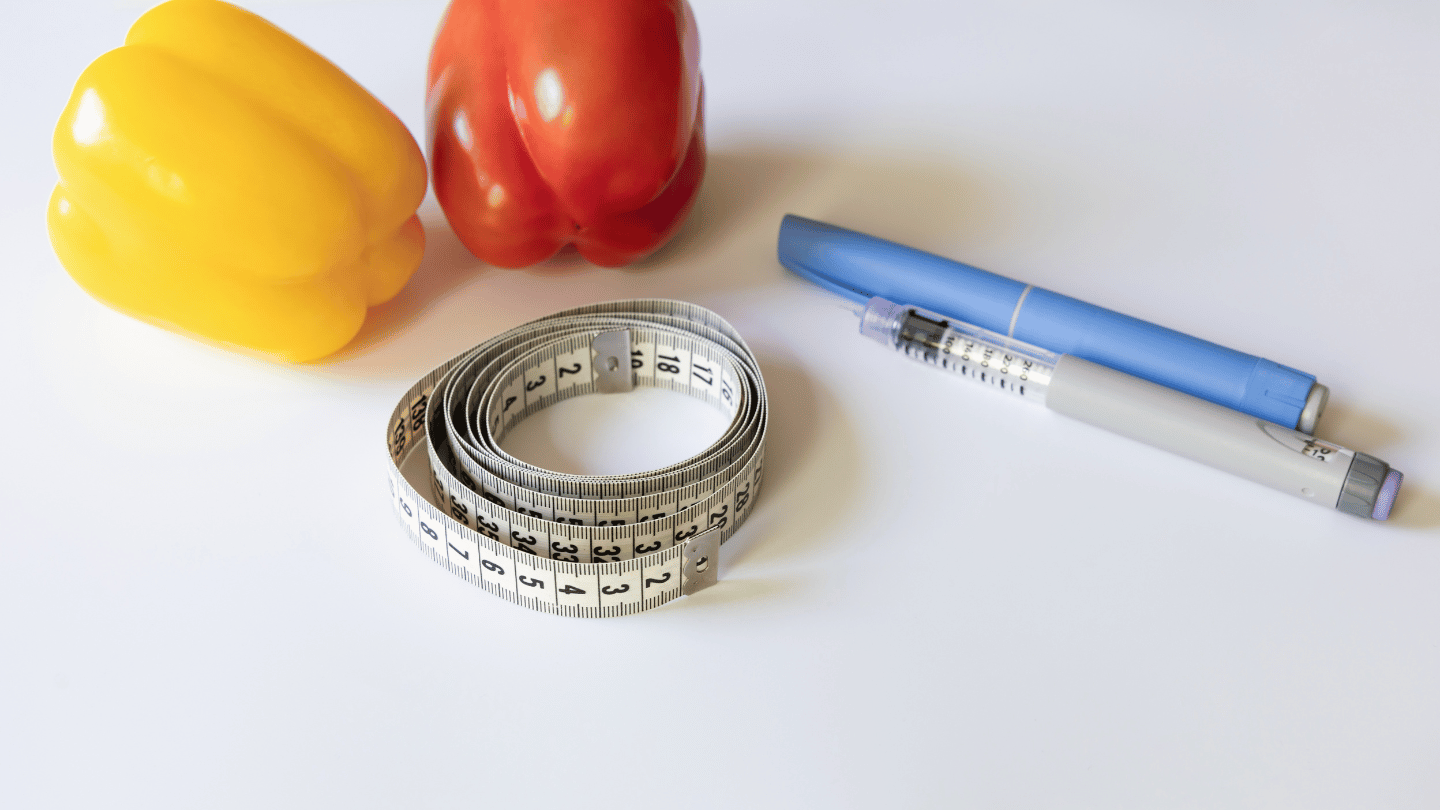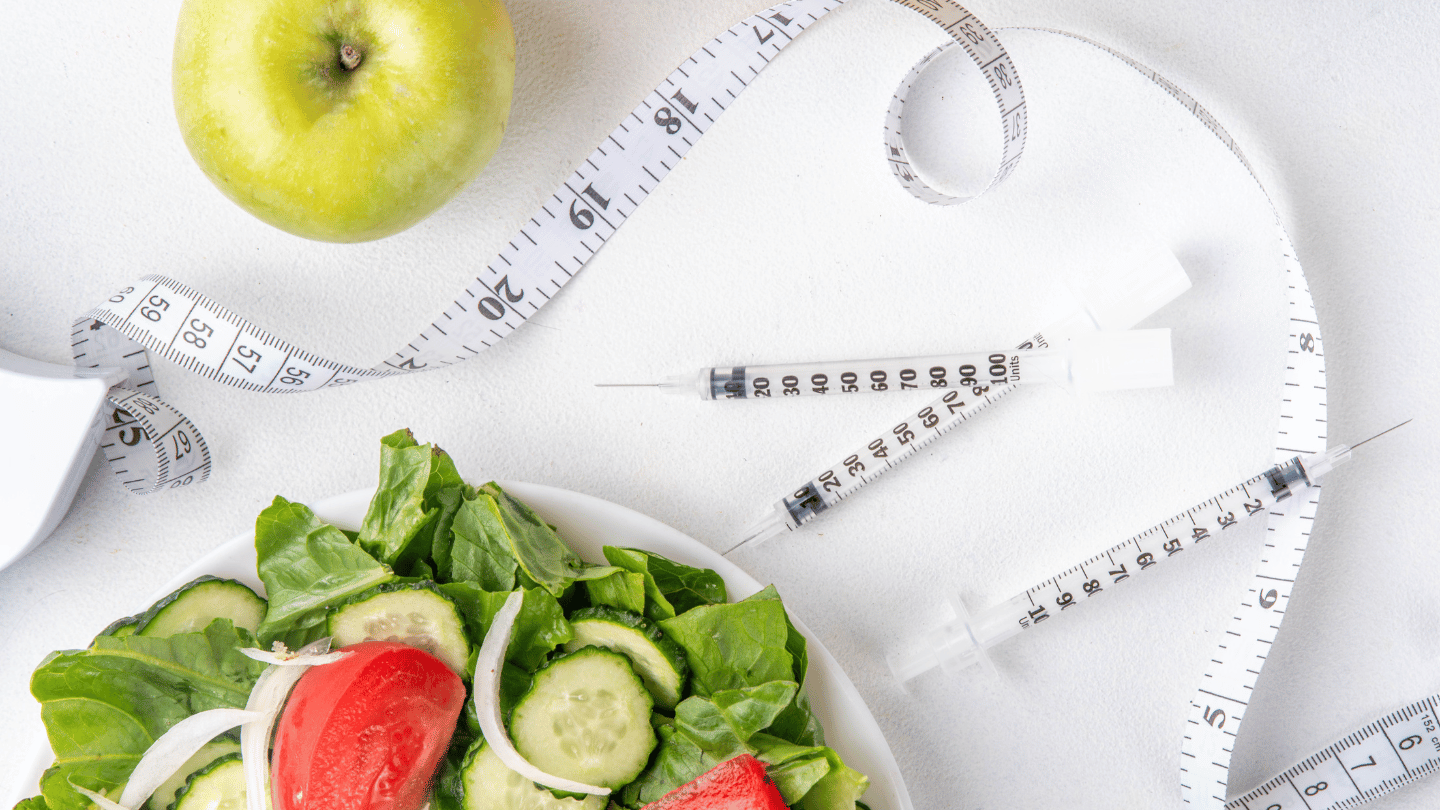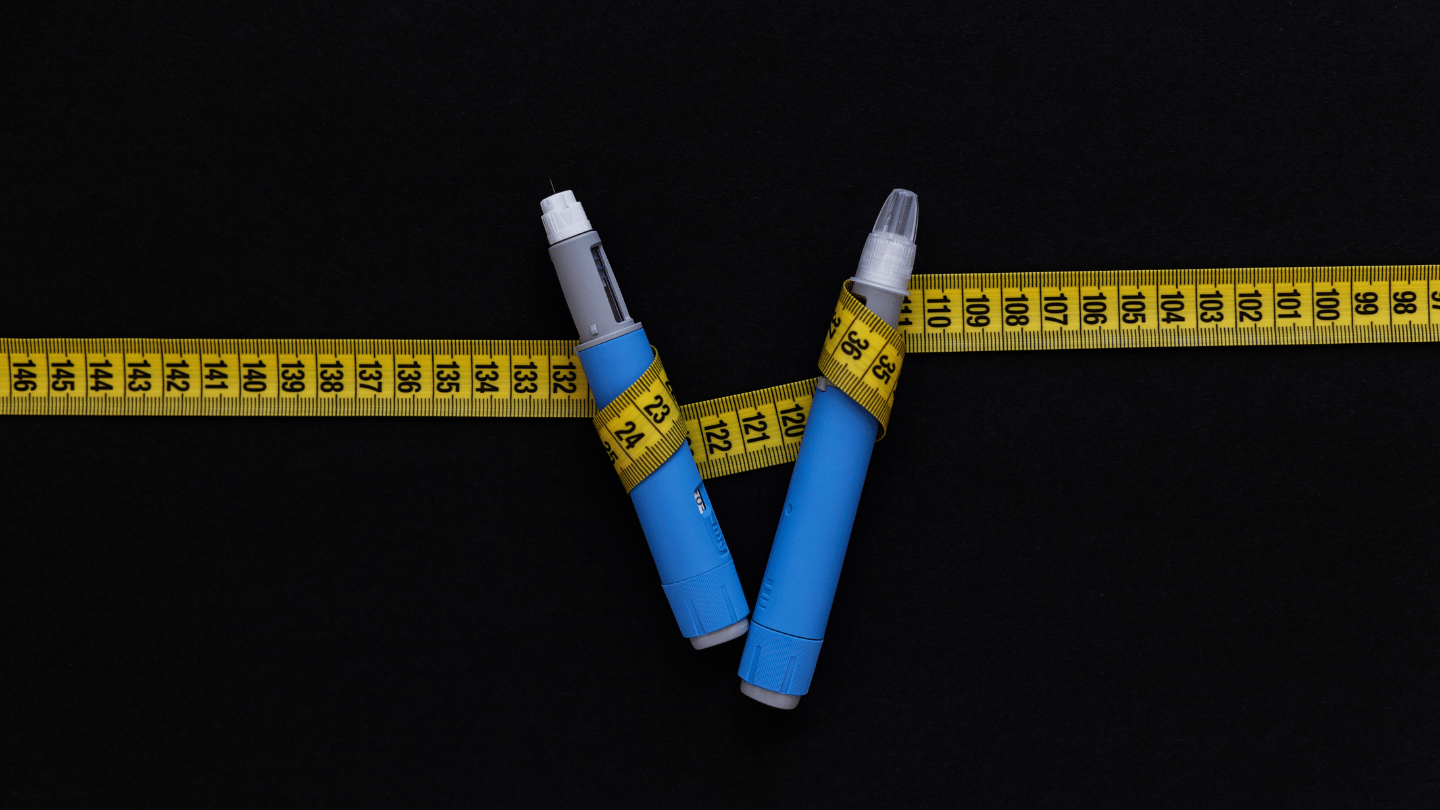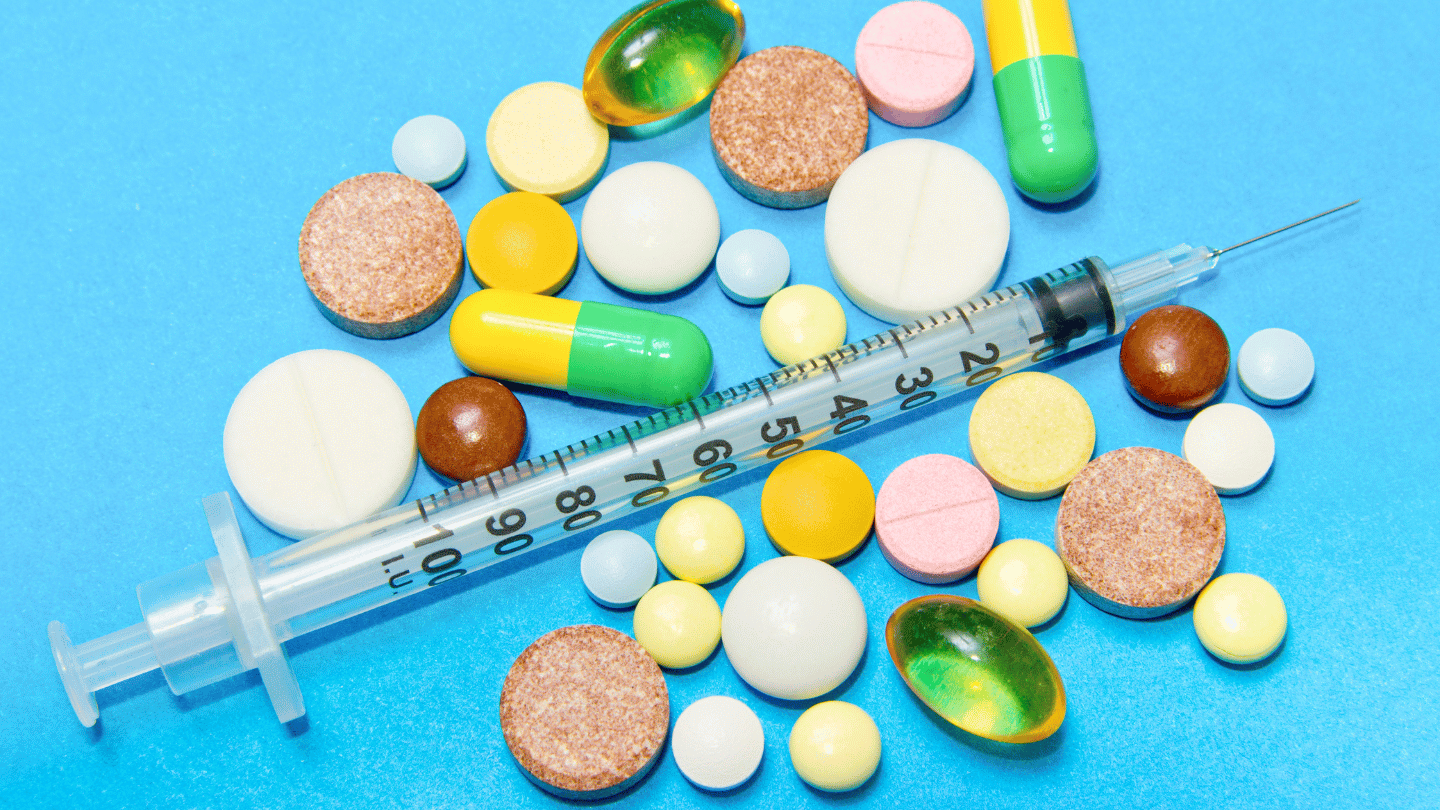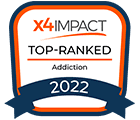Skin is the body’s first defense against physical threats. Some of the most vicious threats to our bodies are able to damage and penetrate the skin—and they can’t even be seen with the naked eye.
Despite us all knowing that we should be wearing sunscreen to protect our skin, sunburns are rampant in the US: every year, 100 million Americans get sunburn. And all of that sun exposure can lead to even worse health problems—proven by worrisome cancer rates. At least 1 in 5 Americans will develop skin cancer by age 70.
It’s more important than ever to understand the threats from the sun’s rays and learn how to prevent sunburn and protect your skin.
Choosing the best sunscreen
Deciding which sunscreen is best for you is tricky because there are so many factors that come into play:
- Scent
- Allergens
- Way of applying
- Water resistance
- Active ingredients
- Mineral vs. chemical
- How it feels on the skin
- Sun protection factor (SPF)
- Which kind of UV rays it blocks
- How well it blends into the skin
- Price (including sales and coupons)
Choosing the best sunscreen for you means answering two questions: (1) Which of the factors above are most important for protecting your skin? and (2) Which of the factors above affect how well you apply the sunscreen to your skin?
The sunscreen aisle: where health and vanity meet
If you’re like most people, how a sunscreen looks and feels on your skin is just as important as the SPF number printed on the bottle—so it’s important to look beyond the SPF at all the characteristics of a sunscreen before you buy it.
The look and feel of a sunscreen are important. If a certain sunscreen offers excellent protection from sunburn but leaves a white residue on your skin that you don’t like, you’re simply less likely to apply enough of that sunscreen to fully protect your skin.
All sunscreen is tested for its sun protection factor (SPF) at an applied thickness of 2mg/cm2 (about 2 tablespoons for your whole body). . . but in reality, most of us aren’t applying nearly that much. And it makes a huge difference. If you apply a sunscreen too thinly, you drastically decrease its SPF.
Did you know you can change the SPF of your sunscreen?
If you apply a sunscreen with an SPF of 50 but only use half as much as you should (that is, you apply it at a thickness of 1mg/cm2), you’ve reduced its SPF down to just 26!
Dangerous, invisible light: UVA vs. UVB
Ultraviolet (UV) radiation—whether from the sun or from a tanning bed—can be dangerous. UV rays are put into categories based on their wavelengths, and the wavelength determines what kind of damage the rays can cause.
UVA (wavelength of 315-400 nanometers)
Most (95%) of the UV rays from the sun are UVA rays. Tanning beds also emit mostly UVA rays. UVA rays are responsible for tanning and aging the skin and making the skin less elastic—and therefore more wrinkled. In skin of color, UVA rays can cause a spotty appearance. UVA can also cause DNA damage and skin cancer.
2 reasons why UVA radiation is especially sneaky . . .
1) UVA radiation doesn’t cause sunburn, so it’s less obvious when you’ve gotten too much
2) UVA radiation isn’t stopped by glass, so it easily moves through car windows
UVB (wavelength of 280-315 nanometers)
As we spend time outside, we are exposed to less UVB radiation than UVA—but it is UVB rays that are responsible for sunburns. UVB, like UVA, can also cause DNA damage and skin cancer.
UVC (wavelength of 100-280 nanometers)
UVC rays can also be dangerous—but, luckily for us, the Earth’s ozone layer filters out this type of radiation.
What do dermatologists look for in a sunscreen?
Dermatologists know better than anyone how to prevent sunburn—so it’s helpful to know what they recommend. When dermatologists buy sunscreen for themselves, here are the top 5 questions they ask:
#1 – What is the SPF level?
#2 – Does it block UVA and UVB rays?
#3 – How does it look and feel on my skin?
#4 – What are the active ingredients?
#5 – How much does it cost?
Let’s go through these 5 factors one by one to see why each is important.
What SPF levels really tell you
In the US, sunscreens are regulated by the FDA and are considered over-the-counter (OTC) drugs. FDA regulations require sunscreen makers to label their sunscreens based on the sun protection factor test, which measures how well the sunscreen will prevent sunburn. Unfortunately, SPF is not a perfect measure of protection. By knowing the limitations of an SPF label, you’ll better know how to prevent sunburn and protect your skin:
- SPF is measured in a lab using solar simulated radiation (not natural light in a real-world setting)
- SPF measures the protection against UVB rays, not UVA rays
- The SPF number is based on the application of a 2 mg/cm2 layer of sunscreen—but studies show the average person applies less than half of this amount
- Unlike other countries, the US does not require sunscreen labels to note the amount of UVA protection. In Europe, the UVA protection factor must be at least 1/3 of the SPF number, but in the US, the UVA protection can be much smaller than 1/3 and still be considered “broad spectrum.”
What does an SPF number mean?
A sunscreen’s SPF number tells you how much of the sun’s rays you can be exposed to before your skin starts to burn (assuming you’ve applied the correct amount of that sunscreen). For example, a sunscreen with an SPF of 30 allows you to withstand 30 times the “dose” of UV radiation you could tolerate without any sun protection before getting a sunburn.
Some sources explain SPF protection in terms of sun exposure time (for example: “with SPF 30 sunscreen you can stay out in the sun 30 times longer than when you’re not protected at all”)—but equating an SPF number to a period of time can be misleading for a couple important reasons:
- Sunscreen washes off and rubs off over time, so sunscreen effectiveness, regardless of SPF, decreases over time (which is why you should reapply every 2 hours).
- The dose of UV radiation you’re getting from the sun changes throughout the day, so UV exposure from 8 AM to 9 AM won’t give you as strong of a dose as UV exposure from 1 PM to 2 PM.
How much SPF do you really need?
The American Academy of Dermatologists recommends using sunscreen with an SPF of at least 30 to prevent sunburn—and it should be applied liberally. The average adult needs a full shot glass of sunscreen to cover their entire body with a layer thick enough to protect their skin. Ultimately, the SPF you need will depend on many factors:
- Your skin tone
- Where you’re located
- The time of day you’re in the sun
- What activities you’re doing that day
- And many other factors that can change over time
Don’t forget about water resistance!
In addition to SPF, check your sunscreen labels for water resistance—another FDA-required label. The time stated on the label (usually 40 minutes or 80 minutes) tells you how long the sunscreen is expected to remain effective in water, such as during swimming or sweating.
UVA Protection: Broad-spectrum labels and PA ratings
After checking the SPF and water resistance of a sunscreen, you should ensure that it offers protection for all types of UV rays.
What does “broad spectrum” mean?
Because both UVA radiation and UVB radiation can cause damage, the FDA requires sunscreen bottles to indicate if they offer UVA protection in addition to UVB protection. If a sunscreen offers a certain level of UVA protection (that is, at least 10% of the protection is against UV rays with a wavelength of 370 nanometers or more), the label will read “broad spectrum” on US sunscreen bottles.
As you can see, US sunscreen bottles give very little information about how much UVA protection you’re actually getting. That’s where “PA” ratings can come in handy.
What is a PA+ rating?
Some sunscreen makers also test and label their product with the PA rating. “PA” stands for “protection grade of UVA,” and it’s a rating system used in Asian countries to indicate how much protection the sunscreen offers from UVA radiation.
These ratings range from PA+ (up to 75% protection from UVA rays) to PA++++ (up to 94% protection from UVA rays). These measurements are based on UVA protection factor (UVA-PF). Unlike SPF, which measures sunburn protection, UVA-PF measures persistent pigment darkening (skin darkening) protection.
If the sunscreens you’re looking at don’t have a PA rating, be sure to choose a bottle with an SPF of at least 30 that offers broad spectrum protection.
Why won’t a base tan from a tanning bed protect me?
At best, a baseline tan from a tanning bed may offer “protection” similar to a sunscreen with SPF 3—but all that time under UV bulbs isn’t really protecting you.
Sunbed tanning has been linked to a higher risk of melanoma skin cancer and will only increase your risk for skin damage and aging, which is why countries like Australia and Brazil have banned commercial tanning beds altogether.
Sunscreen types and their active ingredients
The FDA has approved 16 UV filters (active ingredients) for use in US sunscreens. Most sunscreens will combine more than one UV filter to increase the overall SPF and make the final product more stable.
Other countries around the world categorize sunscreens differently than the US (for example, as a cosmetic product rather than an over-the-counter drug) and use different approval processes for sunscreen ingredients. As a result, sunscreens produced in other countries use a variety of UV filters not found in US sunscreens.
When judging the safety and effectiveness of individual active ingredients (UV filters) in sunscreen, a 2019 proposal from the FDA places them in 1 of 3 categories:
Category I UV filters: usually your best option
Category I active ingredients are called “GRASE,” which stands for “generally recognized as safe and effective.” There are only 2 UV filters that are Category I: titanium dioxide and zinc oxide. Studies have shown these two filters to be safe and not systemically absorbed by the body—that is, they don’t soak into the skin and end up in your bloodstream.
Sunscreen with zinc oxide or titanium dioxide are called “mineral,” “physical” or “inorganic.”
- “Mineral” means they contain the active ingredients zinc oxide and/or titanium dioxide
- “Physical” means they physically block UV rays by scattering or reflecting them before they reach your skin
- “Inorganic” simply means their chemical structures don’t contain carbon atoms
What’s so great about mineral sunscreens?
Mineral sunscreens are more stable than chemical sunscreens and less likely to irritate the skin. They are also considered superior because they are not absorbed into the body like chemical sunscreens are.
On the downside, mineral sunscreens tend to appear white on the skin—which leads people to apply less sunscreen less often. Though not always easy to find, tinted mineral sunscreens can offer a combination of protection and a natural look.
Sunscreen makers do have ways of making mineral sunscreens appear less visible on the skin— by making the particles “nano”-sized—but this changes the way the sunscreen works. Nano sunscreens absorb UV rays rather than scattering or reflecting them. This can alter the balance of UVA/UVB protection and can make the mineral compounds more reactive to sunlight and less effective at protecting the skin. Many experts advise choosing a “non-nano” mineral sunscreen over a “nano” one.
Category II UV filters: stay away
Category II UV filters are “non-GRASE,” which means the FDA does not consider them to be safe and effective. Two Category II UV filters are PABA and trolamine salicylate; it’s best to avoid these ingredients.
Category III UV filters: be careful
Category III UV filters are neither GRASE nor non-GRASE but instead require further evaluation before they can be recognized as safe and effective by the FDA.
All chemical sunscreens are considered Category III UV filters. Chemical sunscreens are also called “organic” sunscreens.
- “Chemical” means they are made of chemical compounds that absorb UV rays
- “Organic” means their chemical structures contain carbon atoms
So why does the FDA hesitate to deem chemical sunscreens “generally safe and effective”?
Here are 3 reasons chemical sunscreens offer less-than-ideal protection from the sun:
- Chemical sunscreen ingredients can be absorbed through the layers of skin and taken into the circulatory system.
- When chemical sunscreens are exposed to UV radiation, free radicals can be released, which may cause damage to DNA, collagen, and elastin (collagen and elastin make your skin strong and flexible).
- UV exposure can cause chemical UV filters to degrade, rendering them unable to fully protect its wearer from UV radiation.
Does sunscreen harm the environment?
Research supports claims that the environment and living organisms like coral reefs, algae, mollusks, and other marine life can be harmed by certain UV filters. While more studies are needed to determine exactly how much risk is posed by sunscreen, some tropical locations are taking a cautious approach: Hawaii and Key West have banned sunscreens containing oxybenzone and octinoxate.
Sunscreens’ look and feel
The SPF of a sunscreen is crucial information—but just as important are the cosmetic properties of a sunscreen, that is, how it looks and feels on your skin. A high SPF sunscreen will only prevent sunburn and protect your skin if you apply enough of it—so it’s critical to choose a sunscreen that you’re comfortable applying lots of (and reapplying as needed).
If you are picky about how a sunscreen feels on your skin, you can look for words like “weightless,” “non-greasy,” or “moisturizing” on the bottle. “Water gel” or “watery gel” sunscreens are also popular among people looking for the lightest feel. Try out sample or travel sizes when possible, to see which product feels best to you.
If you’d prefer a sunscreen that blends in better with your skin tone, look for tinted products, which contain iron oxide or titanium dioxide. In addition to UVA and UVB protection, broad spectrum tinted sunscreens also block visible light, which can cause changes in skin color (that is, redness in lighter skin tones and dark pigmentation in darker skin tones). This can be especially helpful for people with melasma or other hyperpigmentation disorders.
Sun protection for skin of color
While it’s true that melanin in the skin of people with darker skin tones helps protect skin and lowers the rate of skin cancer, people with skin of color who do get skin cancer are generally diagnosed in the later stages and also tend to face worse outcomes than people with lighter skin.
UV radiation causes DNA damage in all skin colors—and people with skin of color are more likely to have pigmentary disorders (such as melasma) made worse by UV exposure. That’s why it’s important for everyone to protect their skin with broad-spectrum sunscreen that blocks dangerous UVB and UVA rays.
Cost: finding the balance
Cost can be a complex factor when choosing a sunscreen. Sunscreen brands that offer added benefits like better look and feel will often charge a premium. What’s more, if you pay a lot of money for a sunscreen, you may be inclined to use less of it to make it last longer—and that can defeat the purpose of investing in a high-quality product to prevent sunburn and other damage.
When shopping for sunscreens, be aware of these factors so you’re sure to choose a sunscreen that offers maximum protection but also one that you’re willing to slather on and reapply frequently.
Beyond sunscreen: other ways to protect your skin
The best way to fight skin aging and skin damage is to avoid UV exposure when possible—but sunscreen use isn’t the only way or even the best way to do so. After all, no sunscreen provides total protection against UV radiation. Australia’s Cancer Council created a catchy way of summing up all the options for protecting yourself from solar rays:
- Slip on sun protective clothing
- Slop on sunscreen
- Slap on a broad-brimmed hat
- Seek shade—especially during mid-day peak UV hours
- Slide on your sunglasses
Remember that development of skin cancer is linked to the total lifetime exposure to UV radiation, as evidenced by skin cancers that are more common on areas of the body more frequently exposed to the sun, like the face and neck. Taking steps every day to limit your exposure to UV rays will up your chances of not just preventing sunburn but keeping your skin healthy and happy.




